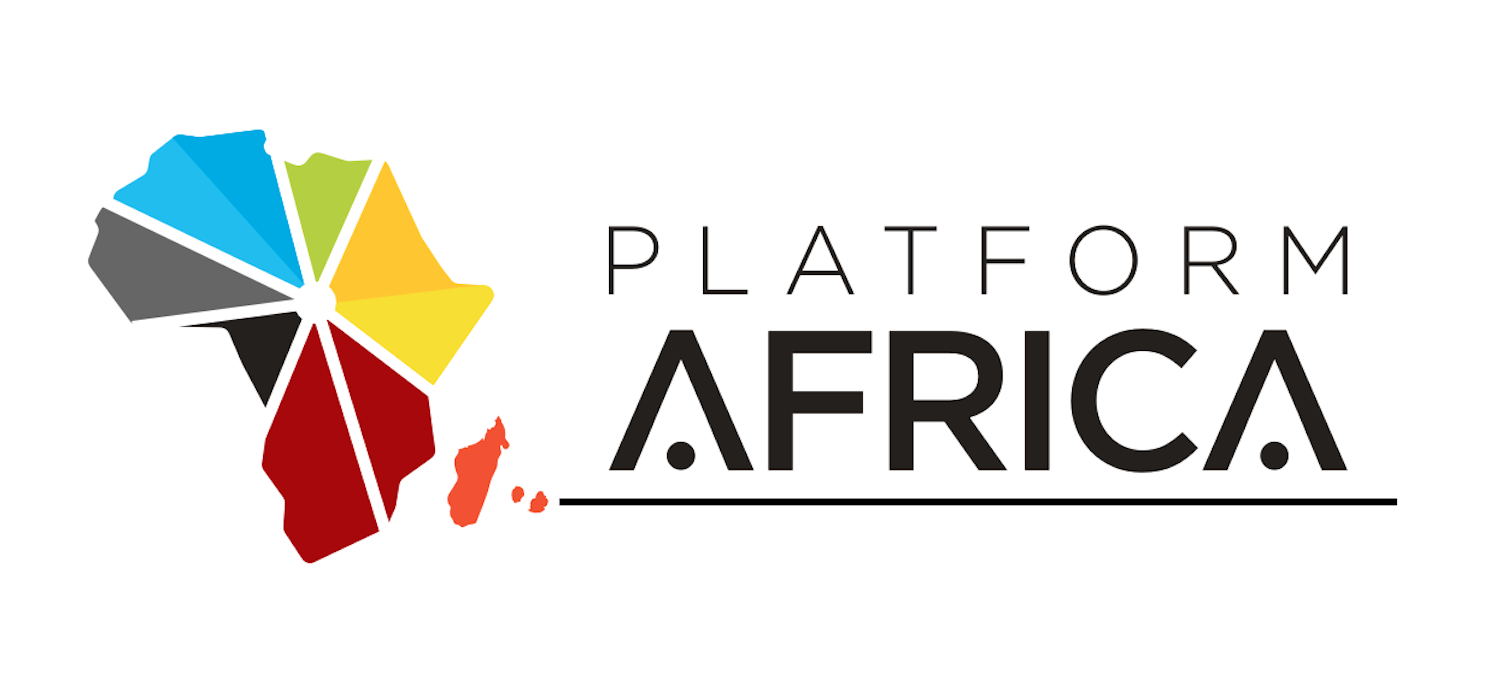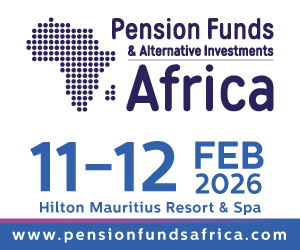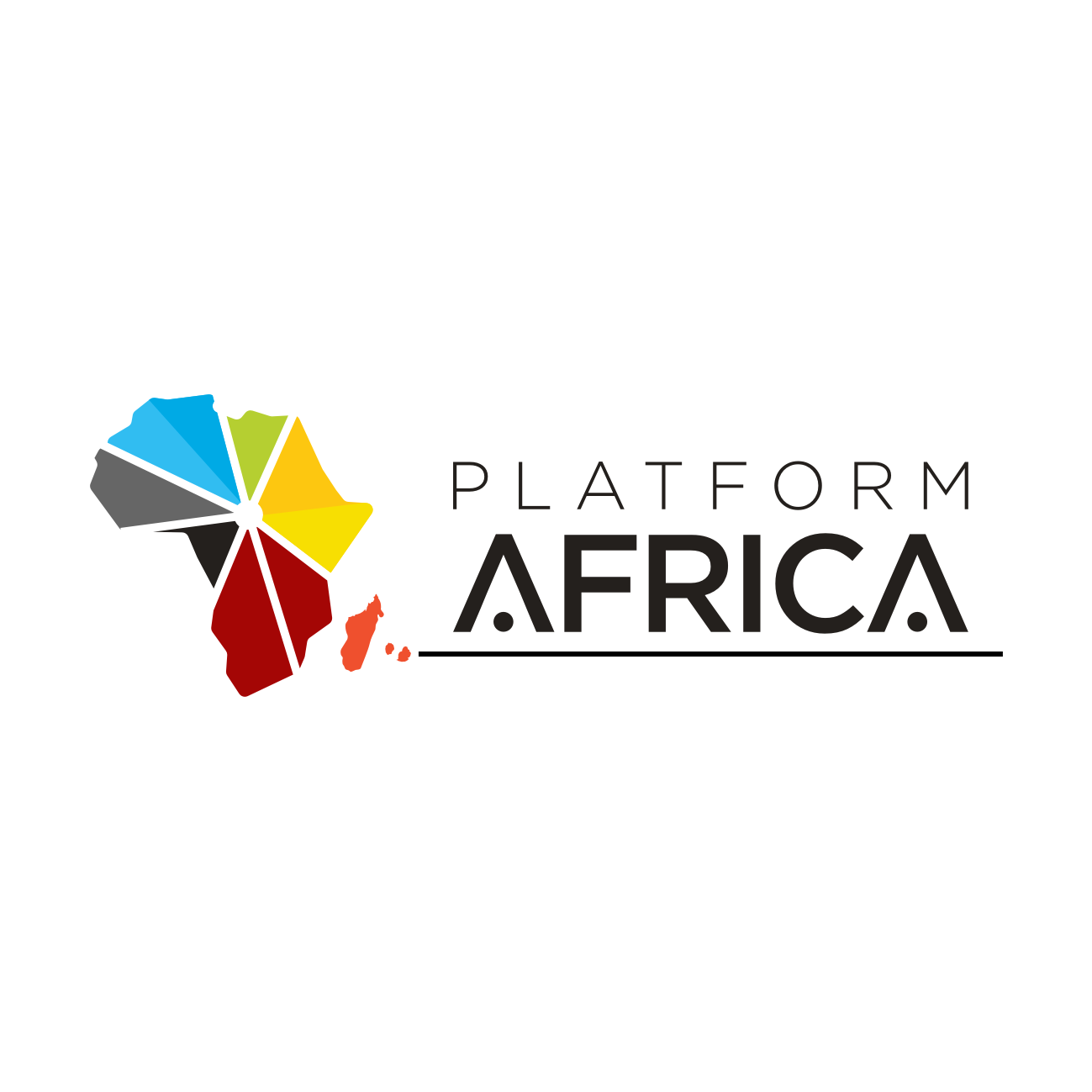By Shruti Menon Seeboo with inputs from Reneska Moodley
The recent webinar hosted by the Sustainable Whale Dolphin Watching Tourism Network (SWDWTN) under the Indian Ocean Rim Association (IORA) promises a wave of positive change for this booming industry. Titled “Whale O’Clock,” the event focused on fostering sustainable practices in whale and dolphin watching tourism across the Indian Ocean.
Mr. Jonathan K from the CEDTM Sea Turtles Study and Discovery Center in Reunion Island kicked things off by welcoming participants and outlining the agenda. Setting the stage, Mrs Zelda Vrolick, Director of Academic Science and Technology Cooperation and Tourism and Cultural Exchanges Priority Areas for IORA, emphasised the urgency of sustainable management in this rapidly expanding sector. “Marine and Coastal tourism, especially whale and dolphin watching, is one of the fastest growing tourism sectors globally,” she noted, “However, the increased access to the sensitive and fragile marine world has devastating impacts on marine ecosystems and it has become imperative to sustainably manage this fragile resource.”
Mr. Laurent Amar, Diplomatic Advisor to the Prefect of Reunion Island and Regional Cooperation in the Indian Ocean, echoed this sentiment. “France is a new member of IORA,” he stated, “and this initiative is particularly dear to my heart because we worked for a long time with our colleagues to revitalize this network.” He highlighted the expertise Reunion Island brings to the table, not just for biodiversity conservation, but also for the economic benefit of member countries.

Next, Mrs. Anne-Emmanuelle Landes from the CEDTM team delved into the core objectives of the SWDWTN. The network aims to foster regional cooperation through information sharing, capacity building initiatives, and facilitating access to expertise in sustainable practices. Ultimately, the goal is to ensure long-term economic, social, and environmental sustainability for the whale and dolphin watching industry.
The importance of the SWDWTN extends beyond regional collaboration. Miss Vrolick pointed out how the network aligns with critical global initiatives, including IORA’s priority areas of academic science and technology cooperation, tourism and cultural exchanges, and the blue economy. Furthermore, it directly supports UN Sustainable Development Goal 14, which focuses on conserving and sustainably using our oceans, seas, and marine resources.
“Whale and dolphin watching tourism has seen exponential growth,” acknowledged Mrs Landes. “While this presents incredible opportunities for economic development and environmental awareness, it also comes with challenges. Poor regulation and irresponsible practices can significantly endanger the very cetacean populations we seek to admire and protect.”
Mrs. Landes explained how a workshop held in Colombo, Sri Lanka, in February 2016, laid the groundwork for the network. Recognising the need for responsible practices, the workshop, led by Australia in partnership with the International Whaling Commission (IWC) and Murdoch University, fostered the desire to establish a network for knowledge exchange on this critical topic. Following the workshop, the IORA committee of senior officials officially approved the network’s creation in May 2016, with the IORA secretariat taking the lead in development.
As Mrs. Vrolick had mentioned earlier, the network’s primary objective is to promote regional cooperation in sustainable whale and dolphin watching tourism. This is achieved through information sharing, capacity building initiatives, and facilitating access to expertise. Ultimately, the goal is to ensure the economic, social, and environmental sustainability of the industry throughout the Indian Ocean region, while also fostering collaboration between IORA agencies.
Initially, the network will focus on information sharing, capacity building, and access to expertise. Membership is open to all IORA member states on a voluntary basis. A formal list of contacts ensures communication between national focal points nominated by each state. However, the network is committed to a collaborative approach, welcoming participation from the private sector, local communities, governments, and other stakeholders linked to whale watching activities. This broader participation expands professional networking opportunities.
Coordination within the network is voluntary among member countries. Australia played this role since the network’s inception, and in June 2022, France stepped forward to continue this mission. As France is not located in the Indian Ocean itself, its island of Reunion, situated between Madagascar and Mauritius, acts as its representative.
Mrs. Landes then highlighted the network’s achievements since its establishment. These include encouraging IORA countries to nominate focal points, developing country profiles for the IWC’s international whale watching handbook, promoting member state involvement in both IORA and the IWC, and advocating for the development and utilization of existing international whale watching guidelines. Two newsletters dedicated to the network were also published in 2019 and 2020, further solidifying the important partnership with the IWC.

With the coordination transition underway since 2022, Reunion Island identified local stakeholders involved in cetacean and whale watching activities to provide technical support to French diplomacy. The focus has been on proposing concrete actions to reignite communication within the network. Reunion Island is enthusiastic about sharing information and expertise with the IORA Network.
“Each whale watching territory presents unique contexts while often facing similar challenges,” Mrs. Landes explained. She used Reunion Island as an example, highlighting its specific situation within France’s territories. Whale watching began to develop there in the early 2000s, with three operators in 2003 and a significant rise to 48 operators offering dedicated whale watching tours by 2023. An additional 32 operators offer whale watching as part of their broader seafaring activities. A noteworthy aspect of Reunion Island is its locally enforced charter of good practices, established by the NGO Globice and stakeholders in 2009-2010. This charter was further strengthened by a local decree in 2019.
One unique aspect of Reunion Island’s industry is its inclusion of “swim with cetaceans” activities. These encounters are strictly regulated with standardized practices detailed in local regulations. While this activity remains popular and continues to grow, it’s important to note that it’s either discouraged or prohibited in other French territories due to potential animal disturbance and safety concerns. Another distinctive feature of whale watching in Reunion Island is the proximity to the main harbor, situated less than a hundred meters from the shore. This close proximity creates management challenges, as illustrated by the photos Mrs. Landes presented.
State services and foreign units have overseen activities since the regulations were implemented, and a dedicated team, established in 2017, focuses specifically on supporting the industry and stakeholders. Their main goal is to promote the well-being of animals at sea. This dedicated team’s mission includes monitoring activity evolution, raising awareness both at sea and on land, coordinating exchanges between stakeholders, developing new support tools, and creating and participating in national and international exchange networks, including the current IORA network.
The event’s highlight was undoubtedly a presentation by Dr. Elizabeth Campbell, a project officer from the International Whaling Commission (IWC). Her talk, titled “Striving for Sustainability: Whale Watching and the International Whaling Commission,” likely focused on responsible practices for ensuring a harmonious co-existence between whale watching activities and marine mammal conservation efforts.

Why Did the IWC Start Looking at Whale Watching?
The IWC entered the arena of whale watching because it had become a massive industry with potentially serious environmental impacts. A 2008 study by the International Fund for Animal Welfare estimated that 13 million people participated in whale watching trips, generating $2 billion in revenue and employing 13,000 people globally. While the economic benefits for countries are undeniable, whale watching can also serve as an educational tool, fostering appreciation for wildlife and conservation efforts. Additionally, it presents a valuable platform for research data collection on distribution, habitat use, and even photo identification studies to track dolphin populations.
However, the industry’s rapid growth has sparked debates about its sustainability. While often perceived as eco-friendly, irresponsible practices can disturb or even threaten the long-term survival of the observed animals. Studies have documented changes in whale behaviour, migratory patterns, and breeding cycles. These stressors add to the existing threats whales and dolphins already face, such as bycatch, entanglement, and ship strikes. The provided slide highlights these issues with contrasting images: a propeller-injured dorsal fin and a scene of crowded boats and swimmers causing evident stress to the animals.

The IWC’s Role in Sustainable Whale Watching
Now that we understand the IWC’s structure and the pros and cons of whale watching, let’s explore how their projects contribute to a sustainable future for this industry. The Scientific Committee established a Subcommittee on Whale Watching in 1975, and the Conservation Committee followed suit in 2010. Both groups collaborate to achieve sustainable whale watching practices, ensuring harmonious co-existence between whales and the industry. Their efforts are guided by the Whale Watching Strategic Plan, a ten-yearly roadmap that outlines objectives and actions to assist member countries in developing sustainable whale watching industries.
Dr. Campbell presented a detailed breakdown of the IWC’s involvement. The Scientific Committee focuses on research and data collection, with examples including studying the potential impacts of whale watching on populations, developing data collection programs for the industry, and integrating social and ecological research. The Conservation Committee’s Standing Working Group utilizes the latest scientific research to focus on capacity building and international collaboration. This includes developing training tools and fostering partnerships with key organizations.
The IWC recognizes the importance of collaboration with various stakeholders, including industry representatives, conservation organisations like ACCOBAMS, ASCOBANS, CMS, and IORA. They act as facilitators and advisors, partnering with others to amplify best practices. Both committees actively collaborate with these stakeholders to develop inclusive plans and ensure outputs are valuable for scientists, managers, and operators alike. Workshops involving operators, managers, and scientists are regularly held to discuss the strategic plan and its implementation.

The IWC’s Whale Watching Resources
Dr. Campbell also showcased two key IWC products developed with stakeholder input:
- The IWC General Principles for Whale Watching: These principles, initially created in 1996 and updated in 2022, incorporate expert advice from scientists, conservationists, and policymakers. They provide a comprehensive set of recommendations to minimize negative impacts and are divided into three main sections: management of industry development, platform considerations, and guidelines for interactions with cetaceans. Examples include regulating the number of platforms, their size, activity frequency, and encounter exposure times, as well as maintaining slow speeds (less than 10 knots) in areas known to be frequented by cetaceans.
- The IWC CMS Whale Watching Handbook: This online resource serves as a flexible and evolving tool available in English, Spanish, and French. It offers educational resources, the latest scientific information, and is particularly valuable for government managers. The handbook includes an interactive map with country profiles that list observable species, regulations, guidelines, and research on whale watching in those locations. It also features case studies reviewed by both committees, with three examples from the Indian Ocean region: Kenya’s shift from fishing to whale watching as an alternative livelihood, community-driven development of the industry in India’s Chilika Lagoon, and a case study from Victoria, Australia, showcasing how regulations were enacted and updated to improve compliance. The impressive usage statistics highlight the handbook’s global reach, with 500 daily users and 15,000 monthly users from 233 countries. Expansion efforts are underway in Asia and Latin America, with Australia consistently ranking among the top 10 users, and India and Sri Lanka joining the top 10 recently.

Opportunities for Collaboration
Dr. Campbell concluded by outlining potential avenues for collaboration moving forward. These include:
- Adding content to the handbook: This could involve new country profiles and case studies, specifically focusing on the Indian Ocean region.
- Volunteer translators: The IWC welcomes volunteers to translate handbook sections into additional languages, making this valuable resource more accessible to a wider audience.
- Capacity building workshops: Collaborative workshops can be organized to equip stakeholders with the knowledge and skills necessary for sustainable whale watching practices.
- Expanding Indian Ocean area contacts: The IWC seeks to broaden its network within the Indian Ocean, establishing connections with whale watching companies, scientists, and managers in the region. This will foster information exchange and collaboration on best practices specific to the Indian Ocean’s unique cetacean populations and ecosystems.
By working together, the IORA Sustainable Whale Watching Network, the IWC, and various stakeholders can ensure a thriving whale watching industry that respects the delicate balance of our marine ecosystems. The future is bright for sustainable co-existence between humans and these magnificent creatures.




